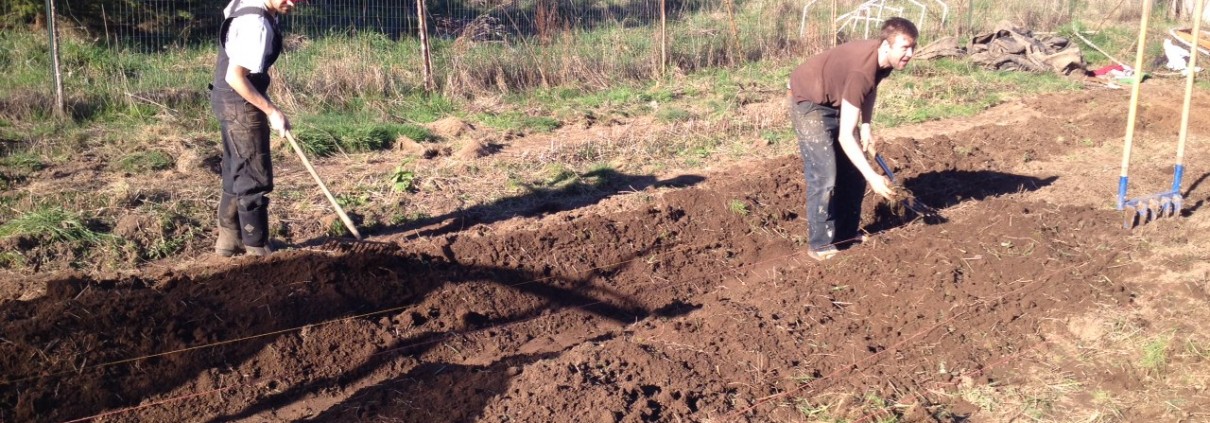Crisis of Values vs. Crisis of Inspiration
When embarking on any great endeavor, there will always be setbacks and doubts. Whether it’s traveling, a new job, moving across the country, or following our dreams, there will be moments when things don’t feel right.
I’ve experienced this over and over again this past winter and spring. First, with writing a book. “Is this worth doing?” “Am I ever going to finish?” “What am I doing with myself??” Etc. And again later on with starting my business. “Is this a valuable creation?” “Will people pay for mindfulness training?” “What does this mean about who I am?” I still feel it sometimes.
When the doubt really gets going, it can start to feel like a crisis. Everything feels wrong, and we begin to question what we’re doing with our time and our lives. Have you ever felt this way? I’m guessing you have.
In my experience, this self-doubt is a result of one of two separate things: either a crisis of values, or a crisis of inspiration. They both feel really bad. Bad enough to derail a major project, even if it’s almost completed. But they mean different things and should be treated differently, so we have to be able to differentiate them.
The crisis of values happens when we begin to realize that we’ve changed, or our work has changed, and what we’re doing no longer aligns with who we are and what we believe in. This is a deep, existential struggle, and it demands a full shift of perspective to be able to see clearly.
We may need to redefine the values in our lives, to regain a sense of ourselves through conversations with loved ones and old friends, or perhaps to take a long trip to clear our heads and get some distance from the day-to-day. I experienced this a few years ago when I decided to leave my office job to pursue writing and art, and eventually yoga and meditation.
The second is a crisis of inspiration. This typically happens when things are hard or moving slowly. Perhaps there is no end in sight for a particular project. Things may feel stagnant despite the constant slow churn of effort.
This can happen at a traditional job, but I’ve experienced it more with big personal projects. They are ideas I still strongly believe in, creations I want badly to bring into the world, but I’m tired of them. They feel like Sisyphean tasks. The projects have demanded a huge amount from me, but are not yet bearing fruit.
This crisis does not require the major life-altering decisions to fix. It may demand a shift of perspective or a reinvigoration of values. Most of all it demands inspiration. This can come from an outside source, or it can come from inside.
External sources such as friends, personal development blogs, and books on the subject are all excellent places to start. Getting back to the important parts of life can also do great things: exercising, spending time with friends and loved ones, cleaning the house, finishing up some other lingering projects.
The thing to avoid, however, is mistaking one crisis for the other. If we treat a crisis of values as we would a crisis of inspiration, we’ll find ourselves continually trying to jam a square peg into a round hole. It just won’t fit. Best case scenario, we’ll eventually realize that and treat it for what it is. Less-best case, we’ll build up lots of resentment and eventually something will break.
The other situation is more dangerous. If we treat a crisis of inspiration as a crisis of values, we may end up abandoning a cherished project, job, or business too soon. We may not give it time to grow and be nurtured, to truly come into its own. If I had a nickel for every book half-written and every business idea abandoned, I would need to rent storage space to store all my nickels. Paying nickels to store nickels does not sound like an awesome business strategy, so I would rather avoid this.
Next time you’re feeling doubt about a big project, take a step back and ask yourself what you need the most. To change your whole life? Or to find new sources of inspiration?








